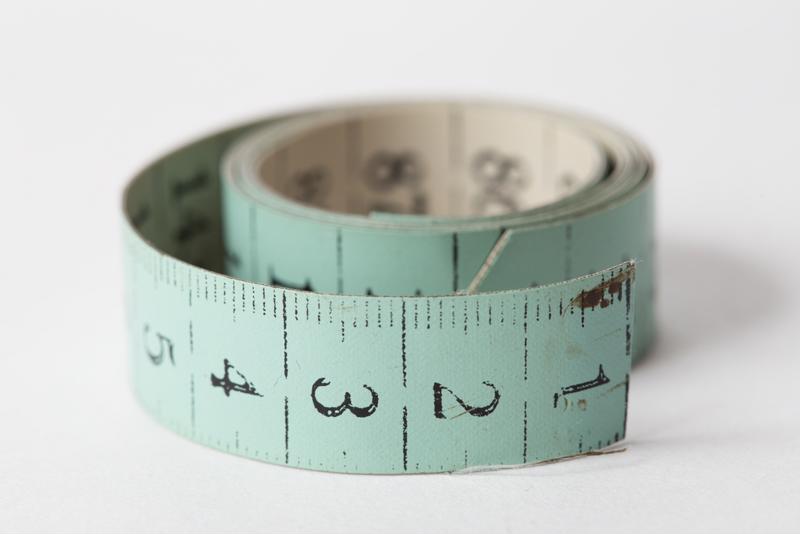How Down-sizing Dimensions Favors Photo Etching

In nearly every industry, the trend is toward devices and equipment that give users more power and functionality, even as the products get smaller and smaller. Consider:
- In aerospace, aviation and defense, vehicles need to incorporate a large number of electronic and communications technology without taking up a lot of space or adding unnecessary weight.
- Medical devices that can be implanted inside a patient's body must be reliable yet minimally invasive.
- Consumer electronics are getting smaller with every new iteration. Yet the demand for more power and new features keeps growing. OEMs need to balance these often conflicting requirements if they want to stay competitive.
Why conventional fabrication methods struggle with micromanufacturing
As a consequence of the widespread miniaturization of devices and equipment, the components and subassemblies that go into the products must get smaller as well. But the most common conventional fabrication methods, such as stamping, laser cutting and wire EDM run into some difficulties when creating tiny parts with strict design requirements at high production volumes.
These processes tend to create mechanical or thermal distortions that can negatively affect the quality of the final part. With stamping or punching, you end up with burrs and hold marks on the parts. Component parts in the micro world must sometimes fit in spaces smaller than a millimeter. Photo etching can produce parts as small 0.5mm with features as small as 0.1mm.
We can provide quick estimates for your flat etched parts--usually in minutes.
 As devices get smaller, component parts must shrink accordingly. That's where nonconventional fabrication processes come in.
As devices get smaller, component parts must shrink accordingly. That's where nonconventional fabrication processes come in.Why OEMs should work with a photo etcher for their micro needs
Photo etching is an unconventional process that uses chemistry to etch through flat metal sheets in the shape of the final part. Using a phototool that prints the negative image of the part onto a flat metal sheet, we can create some extremely complex parts. This is because photo etching happens all at once, as opposed to the other nonconventional processes where each feature is machined one at a time.
Here are some of the key benefits of photo etching that OEMs with micro needs should know about:
- Burr-free parts. Photo etching doesn't create burrs or uneven edges that throw small parts off.
- Tolerances can be held within +/- 15% of metal thickness. Because there is no tool wear, we can be extremely consistent, even when holding very tight tolerances.
- Parts are not exposed to extreme heat, which prevents thermal distortions and recast layers.
- Phototools are generally $300 or less and can be ready to go within a day. They can also be easily regenerated, meaning your costs don't go up dramatically just because your volumes do.
- Etching can include a variety of design features, such as asymmetrical aspect ratios where one side of a hole is smaller than the other - perfect for meshes and screens in filtration devices.
For more on how photo etching can solve your toughest micro problems, call us at 800-443-5218 or email us at sales@conardcorp.com.


